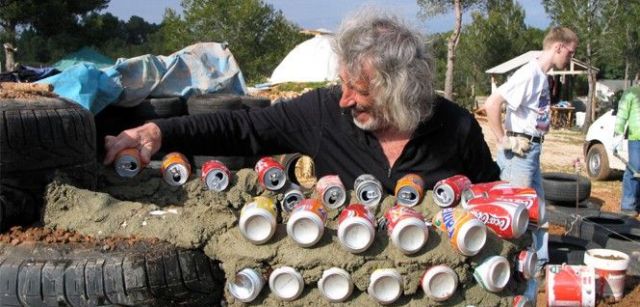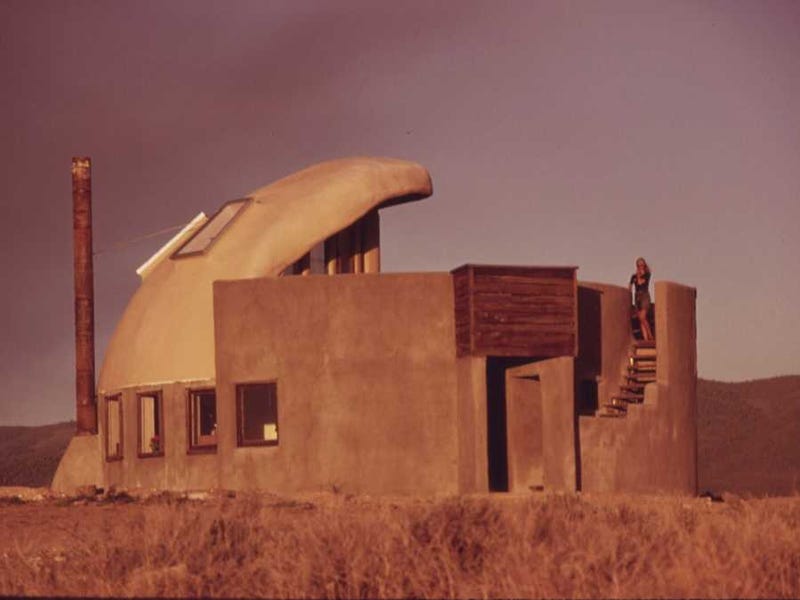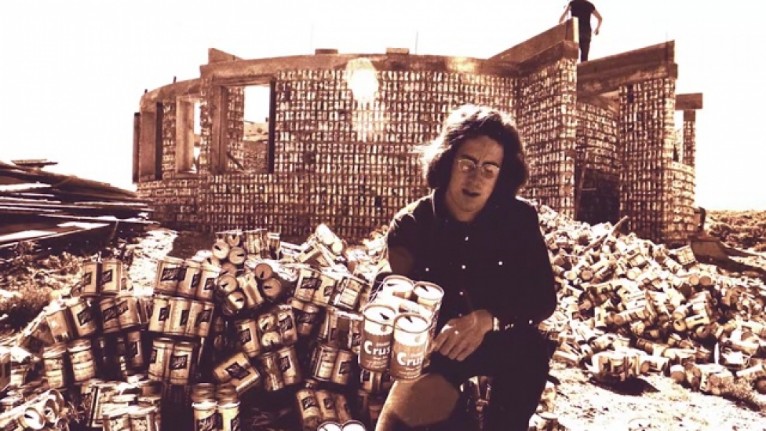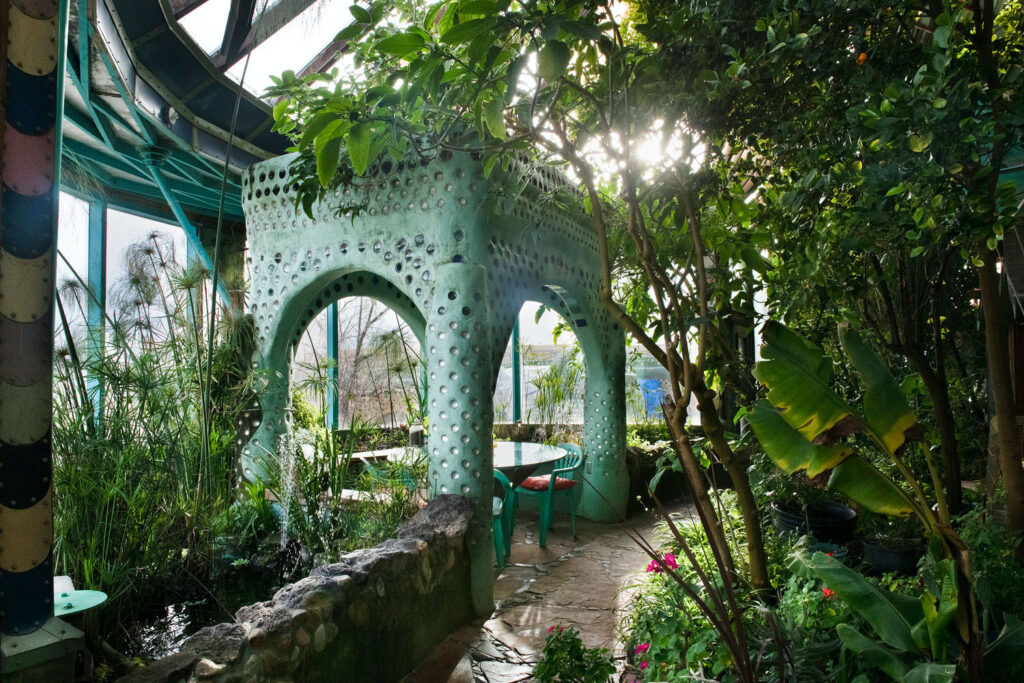Author of almost prophetic ecological house designs, Michael Reynolds has been a clear exponent of sustainable architecture for half a century. He is the forerunner of the idea that we must build with what we have at hand.
The story of Earthship is as gripping as a novel. Its creator, Michael Reynolds, developed the idea over a period of fifty years. Struggling with principals and institutions. Even to the point of losing his professional licence. Reynolds’ audacity and stubbornness ensured that Earthship could see the light. That his somewhat prophetic designs for ecological houses could develop. Over the years, building on that first idea. Earthshipsaw its birth in 1969. When talking about recycling, especially in construction, was anything but customary.

The story of the personality of Michael Reynolds, a controversial exponent of sustainable architecture, spans fifty years. A lover of nature, he is passionate about recycling materials and sustainable building. He is the forerunner of ‘building with what is available’. A trend that is so much in vogue today (as we have documented on TGSOP) but which was completely unexplored in the early 1970s. Architecture in those years (and much more than today) was a prisoner of a productivist model. A model based on the massive extraction of non-renewable raw materials.
An ambitious project
In this way, Reynolds initiated an innovative and ambitious project. A project capable of arousing discordant feelings. Using recycled materials such as tyres, bottles, plastic objects and materials that are considered ‘waste’, to build houses was a total innovation. Moreover, these houses, besides being built entirely out of waste materials, displayed a flashy aesthetic image. Exuberant and unusual colours. Like some of the eclectic architecture of the early 20th century. But this time made from ‘poor’ materials. Ennobled by the fact of being ecological. Because they do not cause predation and destruction of natural environments. An architecture that can make the world more habitable. Without resorting to systemic violence on the planet’s resources. A point of view that can no longer be ignored in architecture today. But which raised a lot of fuss at the time.

Natural expressionist
If Michael Reynolds is also known as the ‘architect of waste’, one must certainly credit him with a kind of prescience. A lover of nature, a lover of sustainable building, he has the merit of having initiated a process. Undoubtedly ambitious and innovative. But capable of arousing admiration.

The study of the Earthship began as early as 1969. In 1972, Michael Reynolds built the Thumb House, his first sustainable house. Which assembles a special raw earth mixture with different types of recycled materials. Ranging from aluminium to beer cans, plastic bottles and used car tyres. An unusual building. Completely recycled. Which employs materials that would otherwise have ended up in landfills, dispersed in nature.
Biotecture
The houses built were intended to be entirely sustainable. Totally autonomous in terms of energy. Independent in terms of drinking water supply, waste water treatment and self-production of food. Effectively creating a new way of building and conceiving the home. A Biotecture, as Reynolds himself called it.

At first, the architect patented and built the Earthship, meeting with huge success on the market. Everyone wanted their Earthship. But as can happen with an experimental design ahead of its time, there were numerous problems. Manufacturing defects and imperfections in the dwelling led to lawsuits that caused the New Mexico Order of Architects to revoke Michael Reynolds’ professional licence.
Like the Phoenix
However, after seventeen years and numerous lawsuits, the architect was able to get his title and licence back. He was thus able to restart the project of a lifetime. Phoenix, a completely autonomous and sustainable dwelling, was realised after the 2004 tsunami in Indonesia. By designing a housing unit that could withstand this type of catastrophic event.

From that experience many other dwellings were born, which are now found all over the world. Houses in which no resources are wasted. Michael Reynolds’ buildings boast high living comfort performance. They all have a natural room climate control system. The buildings use rainwater and the sun for photovoltaic energy production. They have basement walls and an ideal orientation to make the most of solar radiation.
Michael Reynolds’ story demonstrates that what is also needed in the field of architecture is audacity and an awareness of the need to make use of waste. Giving them a new life. And it underlines the exceptional role that the architect plays today. Beyond the intention of optimising available natural resources or favouring materials derived from biomass. To find a way that can build without damaging the planet; our common Earthship.
Read more: Earthship
You might also be interested in: Towards sustainable knowledge.





